Honey bees are important pollinators that help to sustain our ecosystem. They play a critical role in agriculture and the production of food, making it essential to protect and attract honey bees.
This article will discuss how to attract honey bees to your garden or beehive.
Understanding Honey Bees Honey bees are social insects that live in colonies or hives.
A typical honey bee colony consists of a queen bee, worker bees, and drones. The life cycle of a honey bee starts as an egg, hatches into a larva, then becomes a pupa, and finally emerges as an adult bee.
Honey bees are highly organized and have specific roles within the hive. Worker bees are responsible for collecting nectar and pollen, tending to the queen bee, and building and maintaining the hive.
Drones are male bees that mate with the queen bee. The queen bee’s primary role is to lay eggs and produce new bees for the colony.
Honey bees need a few things to thrive, including food, water, and a suitable habitat.
Honey bees feed on nectar and pollen from flowers, making it important to provide a variety of flowering plants in your garden.
Creating a Honey Bee-Friendly Environment To attract honey bees to your garden, you need to create a habitat that is suitable for their needs. Here are some steps to follow:
- Select the Right Location: Choose a sunny area with shelter from strong winds. Honey bees prefer areas with some shade during the hottest part of the day.
- Choose the Right Plants and Flowers: Honey bees are attracted to a wide range of flowering plants. Choose plants with different colors and shapes to provide a variety of nectar and pollen sources throughout the growing season.
Some great choices for honey bee-friendly plants include:
- Lavender
- Sunflowers
- Echinacea
- Sage
- Borage
- Thyme
- Rosemary
- Mint
- Marigolds
- Provide a Source of Water: Honey bees need access to water to keep themselves and the hive cool. Set up a shallow water source, such as a bird bath or a small pond.
- Avoid Pesticides and Chemicals: Chemicals in pesticides and other garden products can harm honey bees. Use organic and natural methods to control pests and diseases in your garden.
Building a Beehive If you want to take your beekeeping to the next level, you can build a beehive. Here’s how to do it:
- Types of Beehives: There are several types of beehives to choose from, including Langstroth, Top Bar, and Warre hives. Choose a hive that fits your needs and experience level.
- Building a Beehive: Building a beehive requires some woodworking skills and tools. You can find plans for building a beehive online or purchase a pre-built hive.
- Maintaining the Beehive: Beehives require regular maintenance to keep the bees healthy and productive. You’ll need to check the hive for signs of disease, pests, and damage. You’ll also need to harvest honey periodically.
Attracting Swarms Attracting a swarm of honey bees to your garden or beehive can be a fun and rewarding experience. Here’s how to do it:
- How Swarms Form: Swarms form when a colony becomes too large for its current hive and a new queen bee is born. The old queen bee takes a group of worker bees and leaves the hive to find a new home.
- Methods for Attracting Swarms: To attract a swarm of honey bees, you can use several methods, including:
- Swarm Traps: You can purchase or make swarm traps to attract swarms of bees. A swarm trap is a small box that mimics a beehive and is placed in an area where swarms are likely to be found.
- Lure Scent: You can use a lure scent to attract honey bees to your garden or beehive. Lure scents are made from essential oils or pheromones and can be purchased online or at beekeeping supply stores.
- Bait Hives: Bait hives are empty hives that are set up to attract swarms of bees. You can use a lure scent or place a few frames with drawn comb inside the bait hive to make it more attractive to bees.
- What to Do When a Swarm Arrives: If a swarm of honey bees arrives in your garden or beehive, it’s important to handle it carefully. Call a local beekeeper or pest control professional to safely remove the swarm.
Benefits of Attracting Honey Bees
Attracting honey bees to your garden or beehive has many benefits. Here are a few reasons why you should consider creating a honey bee-friendly environment:
A. Honey Production: Honey bees are famous for producing delicious honey, which has numerous health benefits. By attracting honey bees to your garden or beehive, you can produce your own honey for personal consumption or sale.
B. Improved Pollination: Honey bees are essential pollinators that help to increase crop yields and improve the quality of fruits and vegetables. By attracting honey bees to your garden, you can improve the pollination of your plants and increase your harvest.
C. Increased Biodiversity: Honey bees are not the only pollinators that will benefit from a honey bee-friendly environment. By planting a variety of flowering plants, you will attract other pollinators, such as butterflies and hummingbirds, which will increase the biodiversity of your garden.
D. Supporting the Ecosystem: Honey bees play a critical role in our ecosystem, pollinating many of the plants that provide food for both humans and animals. By attracting honey bees to your garden or beehive, you are helping to support the health of our ecosystem and protect the biodiversity of our planet.
Common Myths and Misconceptions about Honey Bees
Despite their importance in our ecosystem, there are many myths and misconceptions about honey bees. Here are a few common ones:
A. Are Honey Bees Aggressive?
Honey bees are not naturally aggressive and will only sting if they feel threatened or if their hive is in danger. They are more likely to attack if their hive is disturbed, so it’s important to be careful when working around bees.
B. Do Honey Bees Only Sting Once?
Honey bees are unique in that they can only sting once. After they sting, they will die. However, they will only sting if they feel threatened, so it’s important to give them space and avoid disturbing their hives.
C. Can Honey Bees Survive Without Human Intervention?
While honey bees can survive without human intervention, their populations have been declining in recent years due to habitat loss, pesticide use, and disease. By creating a honey bee-friendly environment and supporting local beekeepers, you can help to protect and preserve honey bee populations.
D. Are All Bees the Same?
No, there are many different types of bees, including honey bees, bumblebees, and solitary bees. Honey bees are social bees that live in colonies, while bumblebees are also social but have smaller colonies. Solitary bees, such as mason bees and leafcutter bees, do not live in colonies and do not produce honey.
Frequently Asked Questions (FAQs)
Here are some common questions and answers about honey bees:
A. What Plants Attract Honey Bees the Most?
Honey bees are attracted to a variety of flowering plants, but some of their favorites include lavender, clover, sunflowers, and wildflowers.
B. How Do You Keep Honey Bees Away from Your Home?
If you have a beehive on your property and are concerned about bees flying around your home, it’s important to contact a local beekeeper or pest control professional to safely remove the hive. To prevent bees from building a hive in the first place, make sure to seal any cracks or crevices in your home’s exterior.
C. How Often Should I Check My Bee Hive?
It’s important to check your beehive regularly, especially during the spring and summer months when honey bee populations are at their highest. Check the hive for signs of disease or pests and make sure there is enough food and water for the bees.
D. What Do I Do if I Find a Swarm of Honey Bees in My Yard?
If you find a swarm of honey bees in your yard, it’s important to call a local beekeeper or pest control professional to safely remove the swarm. Do not attempt to remove the swarm yourself, as this can be dangerous.
E. How Can I Support Local Beekeeping Efforts?
You can support local beekeeping efforts by purchasing local honey, planting bee-friendly plants in your garden, and donating to local beekeeping organizations. You can also volunteer to help local beekeepers with hive maintenance or attend educational events to learn more about beekeeping and honey bee conservation.
Conclusion
Attracting honey bees to your garden or beehive is an important way to support the health of our ecosystem. By creating a honey bee-friendly environment and using the methods outlined in this article, you can help to increase the population of honey bees in your area. Remember to always handle honey bees with care and respect to ensure their safety and productivity.

“My name is Leo Jacob, and I hold a Bachelor of Science degree with Honors in Applied Environmental Science and Sustainability from the University of the West of Scotland. Since childhood, I’ve been passionate about living an eco-friendly life. After completing my studies, I dedicated myself to finding simple ways to lead a more environmentally conscious lifestyle. I launched ecolifely.com to share my educational background and practical experiences with everyone, hoping to inspire others to join me in creating a greener, more sustainable world.”

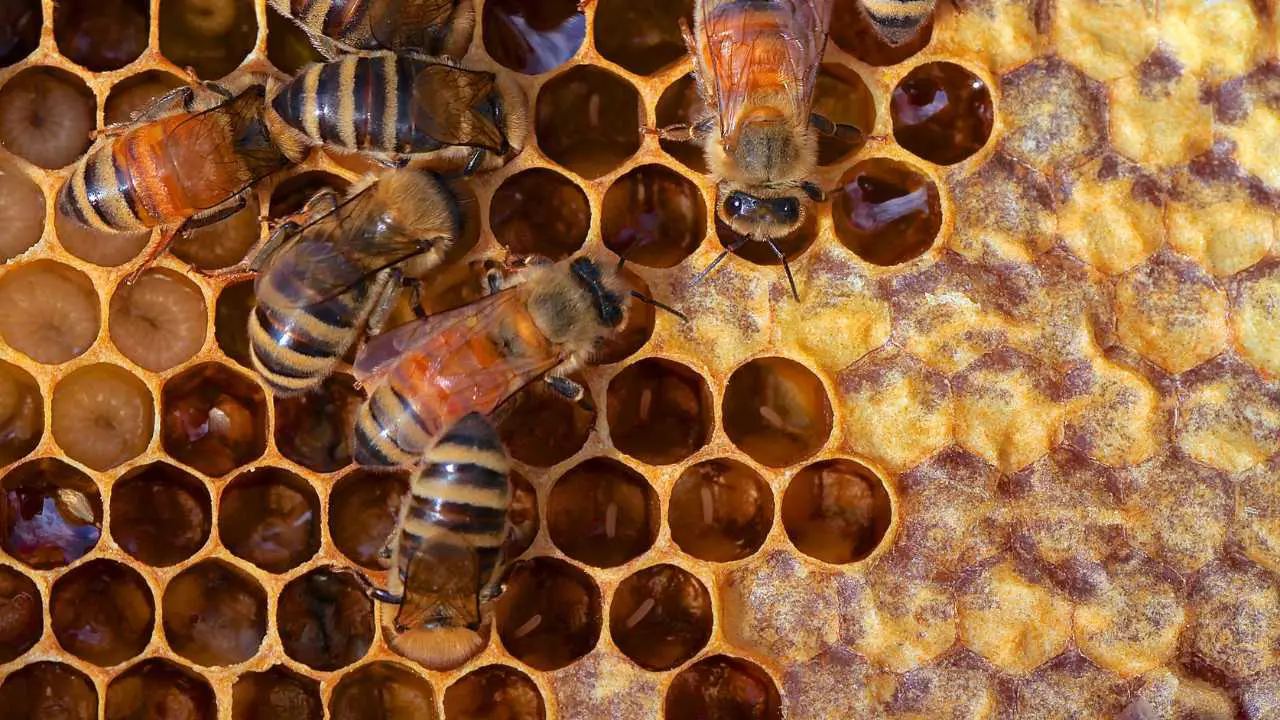

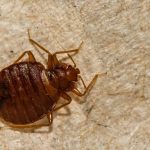
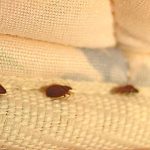


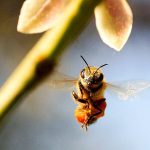

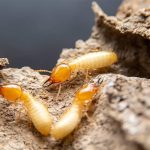
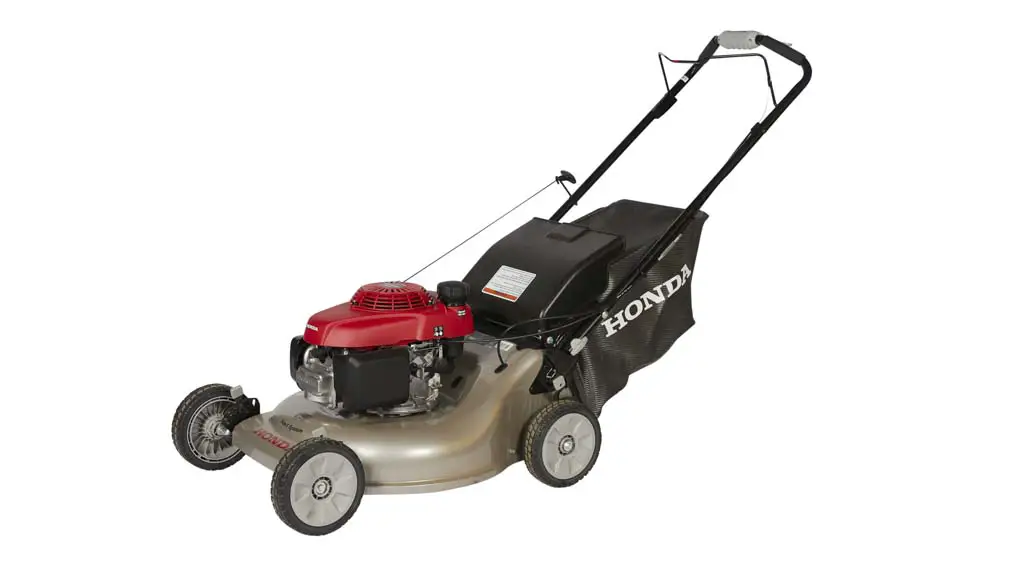


Leave a Reply